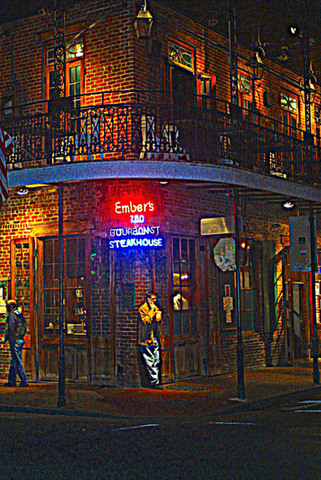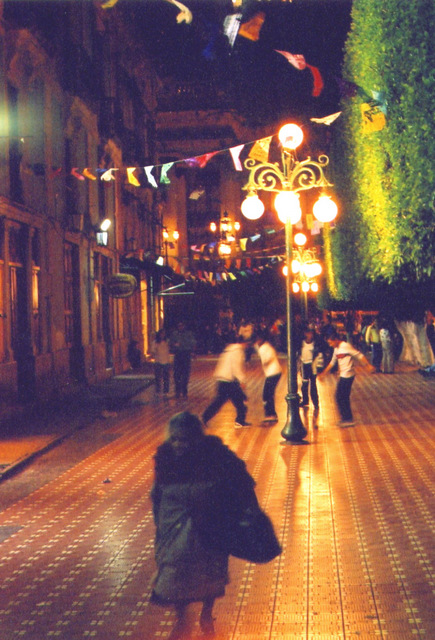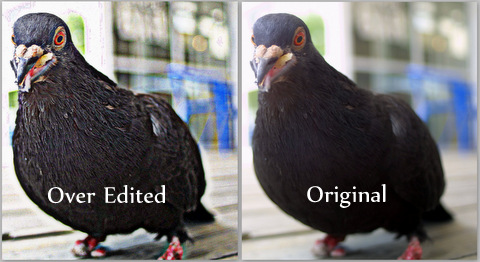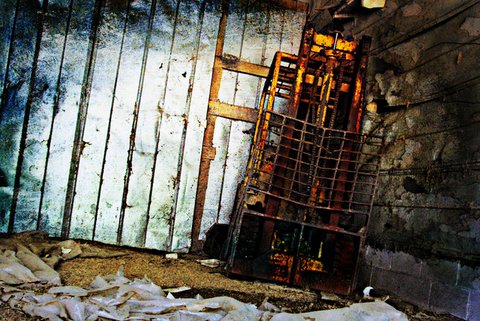Digital Photography Terms |
Noise
Digital Photography Terms: Noise:
Do pictures make a sound? No. Pictures do not make sound. But they most definitely have noise. Or something referred to as noise.
What’s all the noise about noise in our pictures?
Read on.
In digital photography, noise refers to the digital “crud” that permeates every picture. Much of what photography is about is controlling noise in our digital photographs.
In the days of our forefathers, photographers fought against the same thing we do today, only back in that day noise was referred to as “grain”.
High ISO, High Noise
Using a high ISO film (also called film speed) helped to steal more light but it came at a price.
High ISO film suffered from grain.
This was the compromise a photographer had to make if he was taking pictures in a low light situation. Get a better exposure and suffer through the resulting grain the higher ISO created.
This operational mode is no different today. Instead of hitting film, today, light hits a camera's sensor to record a photograph. In each case, a higher ISO will result in more noise.
You can wish things were different all you want, but when you use an ISO as high as 6400 you will have more noise in your picture than if you used a very low ISO like ISO 50.
While ISO 50 produces much less noise than ISO 6400, ISO 50 demands a lot of light. ISO 6400 (and the noise that comes with it) can be a life-saver when you are shooting in low light. You are able to get pictures that you could not get at the lower ISO settings.
The single greatest advantage of digital photography is not that you can see your picture immediately after taking it (though that is very cool); the single greatest advantage of digital photography is that you can change you ISO setting after each picture.
In the days of film, if you loaded film with a high ISO setting for some night photography and then found yourself out the next day taking pictures with that same roll of film, you were forced to shoot with an inappropriate ISO or change film and leave unused exposures on your film and that cost you money (and shots).
Lens Aperture Can Help and Hurt
Above: Using a low aperture setting (like f/1.8) will not only let in more light (helping to control noise) the softening effect created by a wide aperture will also work in your favor to reduce noise in your pictures. But watch out! When using a wide aperture, your depth of field narrows.
Notice in this picture that the baseball players eyes and face are in focus yet his chest, legs and hands are out of focus. Especially on a toy (and all macro photography) a wide aperture setting can create challenges when trying to get as much of your subject in focus as is necessary.
A low f/stop (like f/2.8) creates a nice bokeh effect on pictures. In short, bokeh has a smoothing effect on pictures. This smoothing effect can help to reduce noise as well. Similarly, a high f/stop, like f/16 or f/22, can create an image with too much contrast. This contrast can help to increase noise.
Noise From Editing
Above: Over-editing can create picture noise. But it can also produce some powerful results as colors are contrasted more causing your image to pop. And it can ruin an otherwise good picture. Edit with caution, purpose and care.
Low light is not the only way noise can present itself. Over-editing your photo can create noise. The usual suspects that create noise in your digital photos is over sharpening and an extreme use of HDR techniques.
However, over-saturating the color and using too much contrast can do the same thing. In many regards, over-editing in general can produce varying types and amounts of noise.
Clean Your Pictures
If you have a photo that has more noise than you care for or more noise than your current editing software can reduce, you may want to try Noise Ninja.
This software focuses on reducing noise in your pictures while retaining a sharp, crisp image. Many lesser noise reduction software programs over soften your image in its attempt to clean up the picture.
Adobe Lightroom also allows you to reduce the amount of noise found in your pictures.
Bring the Noise!
Above: When the situation calls for it, a noisy picture can create a mood and feel that a "normal" picture cannot convey. Don't simply reduce noise in your pictures because you see that others are trying to do the same. Know when and why to keep it clean and when and why to bring the noise.
While avoiding noise is a common thread among photographers, many enjoy and celebrate vivid imagery that a noisy picture can produce. It is a common endeavor for photographers to reduce picture noise in an effort to improve image quality but beauty and quality are relevant terms. It all comes down to personal taste.
Don't simply have a clean picture because everyone else is scrambling to be as noise-free as possible. If your image calls for it and it fits your style, embrace the noise and go all out to create an image that is all you.
Digital Photography Terms | Noise
Noise is created by:
- low level (weak) light sources
- high ISO settings
- using very high f/stop settings
(like f/22)
- using lenses that cannot handle low
light
- a bad camera sensor
- over editing your picture
Noise is kept at bay by:
- high level (strong) light sources
- low ISO settings
- using lower f/stop settings (like
f/2.8)
- using a lens that can handle low
light
- a large, well-designed camera sensor
- proper editing techniques
Here's a helpful low light video tutorial from Fenchel and Janisch.

















